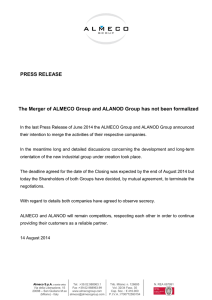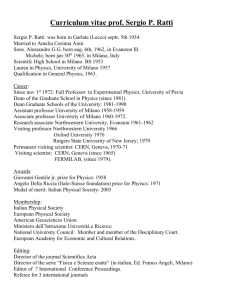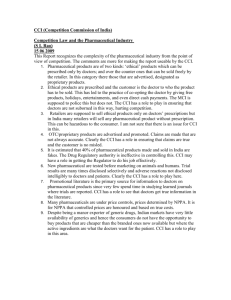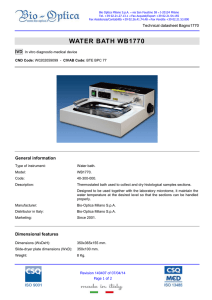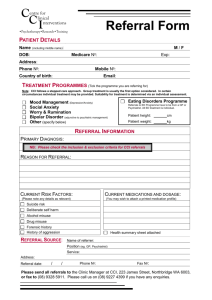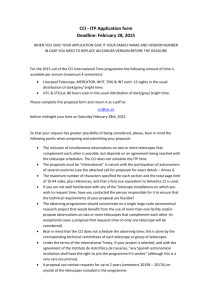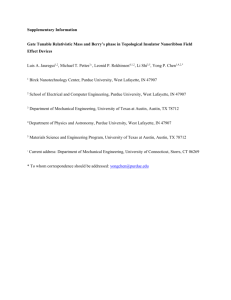Competing Risks: Modelling Cause Specific Hazard and Crude
advertisement
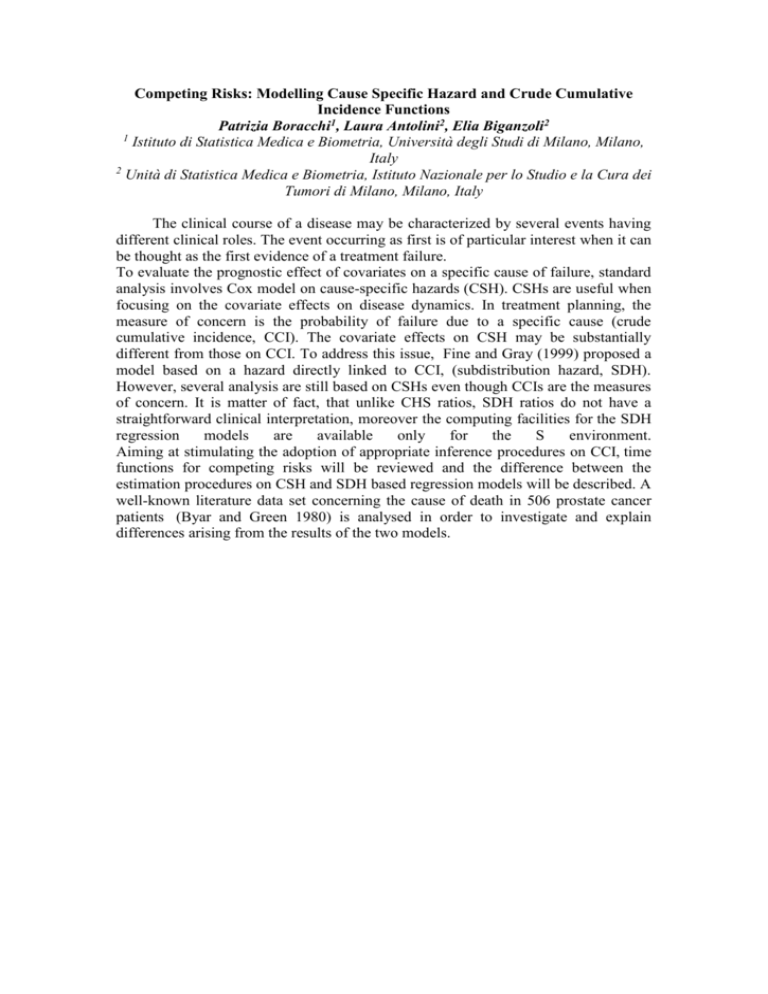
Competing Risks: Modelling Cause Specific Hazard and Crude Cumulative Incidence Functions Patrizia Boracchi1, Laura Antolini2, Elia Biganzoli2 1 Istituto di Statistica Medica e Biometria, Università degli Studi di Milano, Milano, Italy 2 Unità di Statistica Medica e Biometria, Istituto Nazionale per lo Studio e la Cura dei Tumori di Milano, Milano, Italy The clinical course of a disease may be characterized by several events having different clinical roles. The event occurring as first is of particular interest when it can be thought as the first evidence of a treatment failure. To evaluate the prognostic effect of covariates on a specific cause of failure, standard analysis involves Cox model on cause-specific hazards (CSH). CSHs are useful when focusing on the covariate effects on disease dynamics. In treatment planning, the measure of concern is the probability of failure due to a specific cause (crude cumulative incidence, CCI). The covariate effects on CSH may be substantially different from those on CCI. To address this issue, Fine and Gray (1999) proposed a model based on a hazard directly linked to CCI, (subdistribution hazard, SDH). However, several analysis are still based on CSHs even though CCIs are the measures of concern. It is matter of fact, that unlike CHS ratios, SDH ratios do not have a straightforward clinical interpretation, moreover the computing facilities for the SDH regression models are available only for the S environment. Aiming at stimulating the adoption of appropriate inference procedures on CCI, time functions for competing risks will be reviewed and the difference between the estimation procedures on CSH and SDH based regression models will be described. A well-known literature data set concerning the cause of death in 506 prostate cancer patients (Byar and Green 1980) is analysed in order to investigate and explain differences arising from the results of the two models.
